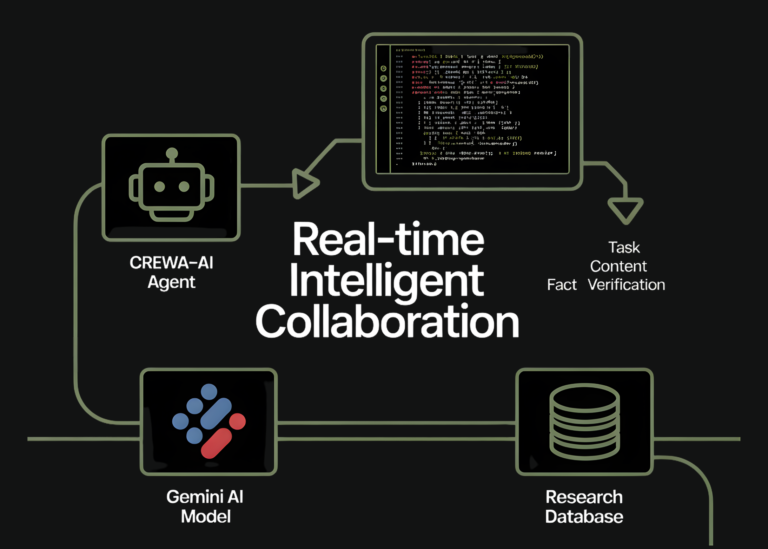AI Tools for Optimizing Cloud Computing Resources: A New Era of Efficiency
In today’s digital landscape, cloud computing has become the backbone of modern businesses, offering scalability, flexibility, and cost-effectiveness. However, managing cloud resources efficiently remains a complex challenge. As organizations scale their operations, the need for optimal resource utilization—balancing performance, cost, and sustainability—has never been more critical. Enter artificial intelligence (AI), a transformative force reshaping how businesses manage and optimize their cloud environments. By leveraging AI-driven tools, companies can unlock unprecedented efficiency, reduce costs, and future-proof their cloud strategies.
The Role of AI in Cloud Resource Optimization
Cloud computing resources—including compute power, storage, and network bandwidth—require meticulous management to avoid waste, downtime, or unnecessary expenses. Traditional methods often rely on static configurations or manual monitoring, which struggle to keep pace with dynamic workloads. AI addresses these limitations by introducing intelligence into resource management through:
- Predictive Analytics: AI algorithms analyze historical data to forecast resource demands, enabling proactive adjustments. For instance, machine learning models can predict traffic spikes during peak hours, allowing systems to scale up automatically.
- Real-Time Monitoring and Automation: AI-powered tools continuously monitor cloud environments, identifying inefficiencies and automating adjustments. This ensures resources are allocated precisely when needed, minimizing idle capacity.
- Machine Learning for Cost Management: By analyzing spending patterns, AI can suggest cost-saving measures, such as switching to more economical instance types or shutting down underutilized resources.
Key AI Tools and Technologies
Major cloud providers and third-party vendors have developed advanced AI tools to streamline resource optimization:
- AWS: Amazon Web Services offers AWS Auto Scaling and Cost Explorer, which use machine learning to adjust resources based on demand and provide cost insights. Its AI/ML services like SageMaker enable custom models for workload prediction.
- Google Cloud: Google’s Operations Suite integrates AI to monitor performance and optimize Kubernetes clusters. Its AI Platform supports predictive analytics for resource planning.
- Microsoft Azure: Azure’s Cost Management + Billing uses AI to identify cost overruns and recommend optimizations. The Azure Arc service extends AI-driven management to hybrid and multi-cloud environments.
- Third-Party Solutions: Tools like Spot by Opsani and Datadog leverage AI for real-time workload optimization, while Helm’s AI-driven DevOps platforms automate CI/CD pipelines to align with resource availability.
These tools not only automate routine tasks but also provide actionable insights, empowering teams to make data-driven decisions.
Benefits of AI-Driven Optimization
The integration of AI into cloud resource management delivers tangible advantages:
- Cost Efficiency: By eliminating waste and identifying cost-saving opportunities, AI can reduce cloud spending by up to 30% or more. For example, auto-scaling ensures businesses pay only for what they use.
- Scalability and Performance: AI enables seamless scaling during traffic surges, ensuring applications remain responsive without manual intervention. This is critical for businesses with unpredictable workloads, such as e-commerce platforms during holiday seasons.
- Proactive Management: AI detects anomalies and potential failures before they impact users. For instance, predictive maintenance can preemptively address hardware issues in cloud infrastructure.
Challenges and Considerations
While AI offers immense potential, its implementation is not without hurdles:
- Data Quality and Privacy: AI models rely on high-quality data. Inaccurate or incomplete data can lead to flawed decisions. Additionally, sensitive data used for training models must be securely handled to comply with regulations like GDPR.
- Complexity and Integration: Deploying AI tools requires expertise in both cloud infrastructure and machine learning. Integration with existing systems may also pose technical challenges.
- Ethical and Bias Concerns: AI models can inherit biases from training data, leading to suboptimal resource allocations. Continuous monitoring and auditing are essential to mitigate these risks.
Future Trends in AI and Cloud Optimization
The future of AI in cloud computing is promising, with emerging trends like:
- Generative AI: Tools like AI-driven infrastructure-as-code (IaC) generators could automate the creation of optimized cloud configurations.
- Multi-Cloud and Hybrid Strategies: AI will play a pivotal role in managing resources across multiple cloud providers, ensuring cost efficiency and redundancy.
- AI-Driven DevOps: The fusion of AI with DevOps practices will enable real-time adjustments to infrastructure, accelerating deployment cycles while maintaining performance.
Conclusion
AI is revolutionizing cloud computing by transforming how resources are managed, optimized, and scaled. From predictive analytics to real-time automation, AI tools empower businesses to reduce costs, enhance performance, and adapt to changing demands. While challenges remain, the benefits of adopting AI-driven solutions far outweigh the complexities. As the cloud landscape continues to evolve, organizations that embrace AI will not only survive but thrive in an increasingly competitive digital world. The future of cloud computing isn’t just about more power—it’s about smarter, more efficient resource management, driven by artificial intelligence.







